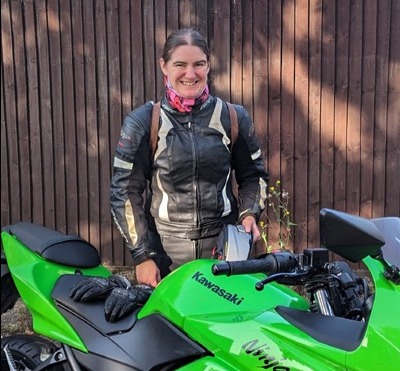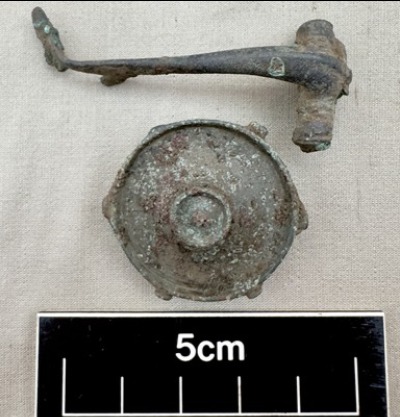

Excavating Tiddington:
an early medieval cemetery and more
Susan Porter, Archaeology Warwickshire (Warwickshire CC)
Susan will talk about Archaeology Warwickshire's excavations at 79 Tiddington Road, and the discovery of a Saxon cemetery and Iron Age pit group. The site appears to have been occupied continuously from the Middle Iron Age to the Middle “Saxon” period (at least 1000 years). There is clear evidence of feasting, trade and communication, “ritual”, life, and death. The location is close to the ford over the Avon used by the Salt Road from Droitwich, active from the Iron Age and through the Roman period. The combination of burial intensity, material culture (esp. evidence for literacy), location and documentary sources all suggest the location of a previously unknown minster site.
The current excavations have been on four levels, with Iron Age, Roman and Mediaeval burials. Digging began in 2019 and it has been a huge job with machinery and hand excavating. There are over 400 human remains, some sections are very densely packed, many bodies facing east-west (indicating Christian burials). There was one curled up body; this crouch burial may simply indicate lack of space rather than a different era or belief – radio carbon dating is needed. There are also some Roman and Mid-Saxon pottery and grave goods, including coffin metal.
The majority of the bodies are female and younger people. The condition of the bones varies due to disturbance by later burials; many have no coffin evidence. There are some animal bones too, some complete and some eaten, and there are some burnt stones, indicating cooking.
The finds cover 4,000 years including a horseshoe shaped flint scraper, a comb and 3,000 plus pottery sherds, some unique, two Iron age coins, and brooches from Roman and Anglo-Saxon times, one from the 8th. century with an animal design. There is also an iron stylus, indicating literacy.
Tiddington was clearly an important place, near the river, and a good place to live and trade; this Iron Age site is of regional significance. There will be radio carbon dating and DNA analysis (the latter from ossicles – ear bones), which will help to establish geographical origins, relationships and ethnicity. The skeletons are in storage and will probably be re-buried elsewhere (the site is destined for building development) after analysis. There is surely more underground to discover in the area.
Nothing has been published yet by the researchers. The story continues. There were many questions, and the detailed account and images in Susan Porter’s lecture were much appreciated.








